Caslon
Videos
Page
Caslon is the name given to serif typefaces designed by William Caslon I (c. 1692–1766) in London, or inspired by his work.
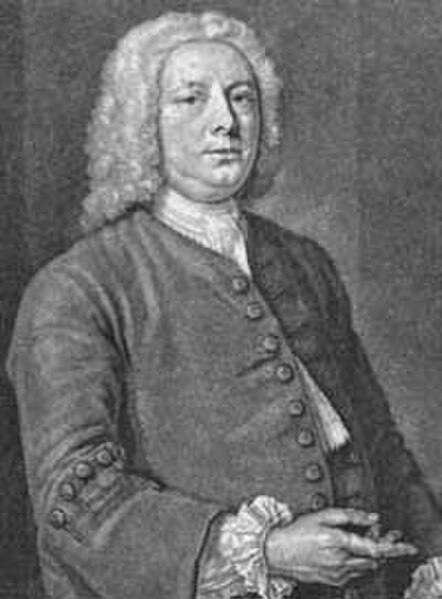
William Caslon in an engraved portrait by John Faber the younger
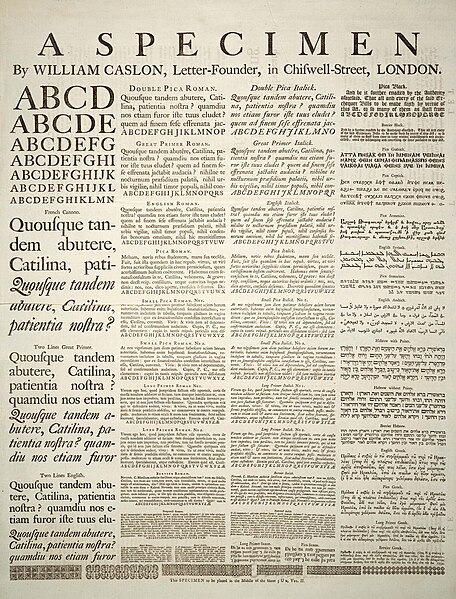
William Caslon's specimen sheet (dated 1734 but actually issued from 1738 onwards). Some of the types shown were not cut by Caslon, most notably the French Canon roman (probably cut by Joseph Moxon).
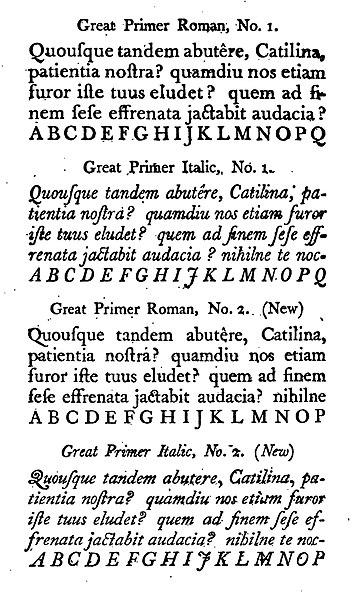
The Fry type foundry's imitations of first Baskerville (above) and then Caslon type (below), shown in a specimen attached to an edition of The Printer's Grammar, 1787. Mosley describes them as "a very close copy that is not easy to tell from the original."
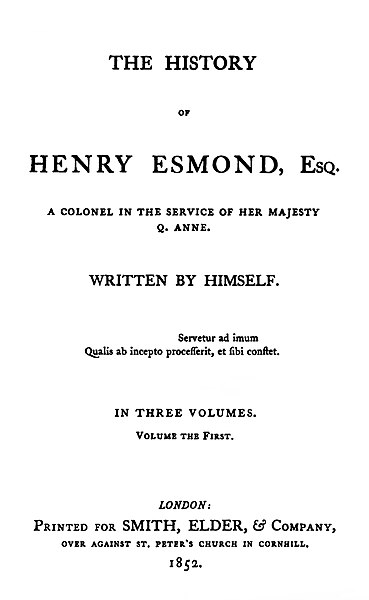
The History of Henry Esmond, a novel by Thackeray written as a fictional memoir. The first edition of 1852 was printed in Caslon type, then just coming back into fashion. The goal was to achieve a period feel appropriate to its early eighteenth-century setting.
Serif
Videos
Page
In typography, a serif is a small line or stroke regularly attached to the end of a larger stroke in a letter or symbol within a particular font or family of fonts. A typeface or "font family" making use of serifs is called a serif typeface, and a typeface that does not include them is sans-serif. Some typography sources refer to sans-serif typefaces as "grotesque" or "Gothic" and serif typefaces as "roman".
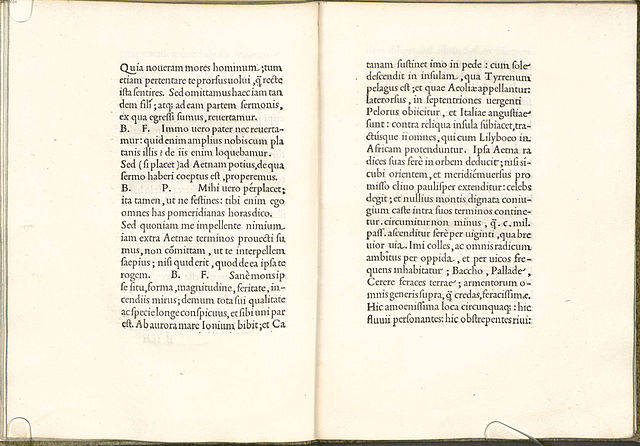
De Aetna, printed by Aldus Manutius

Title page printed by Robert Estienne
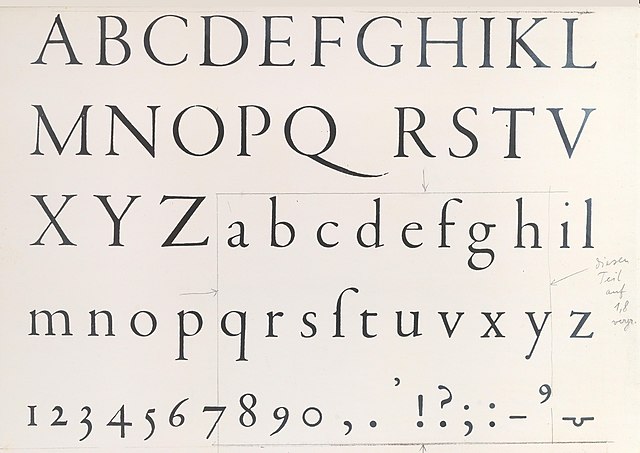
Gros Canon type by Garamond

1611 book, with arabesque ornament border